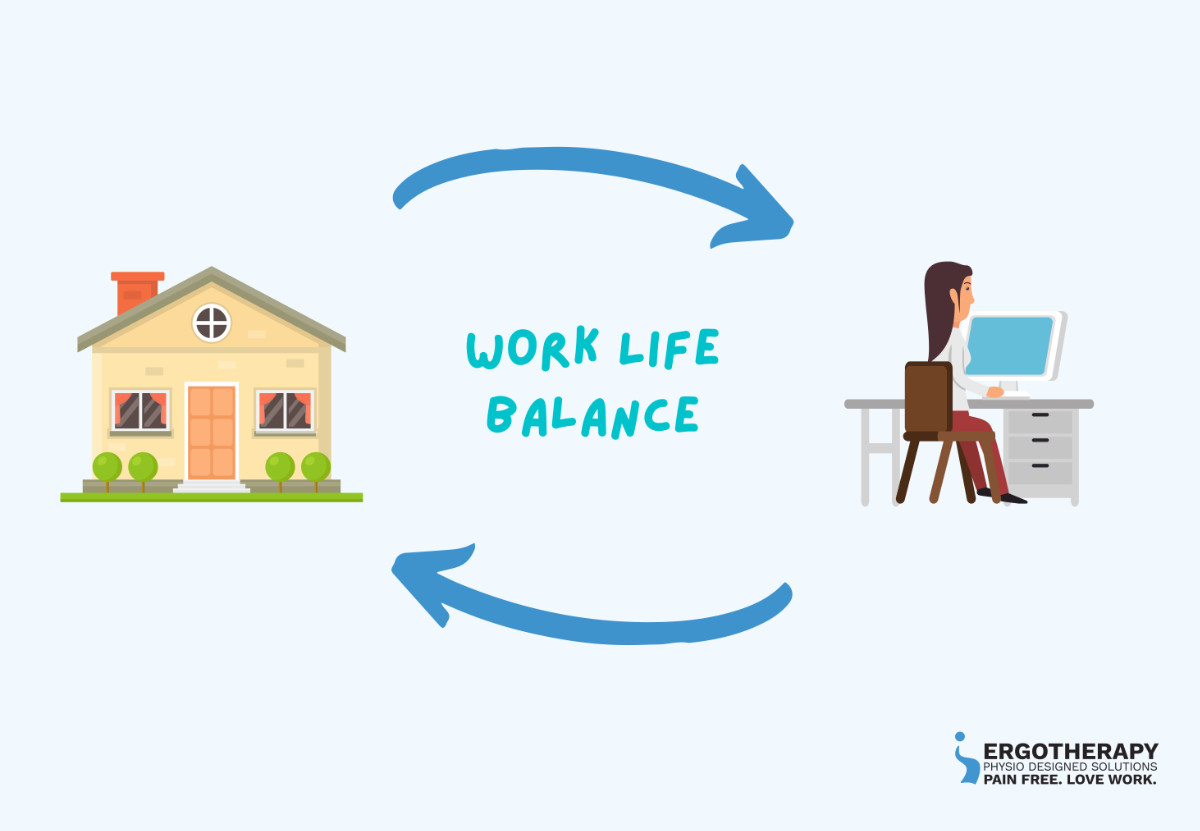Work-Life Balance:
Moving Your Body & Comfort Beyond The Workplace
Written by Hayden Searle, MSc
Hayden holds a Master’s degree in Ergonomics and is registered with the Ergonomics Society of South Africa as a Certified Professional Ergonomist – In Training.
What do a hot bath, a comfortable bed, and a massage have in common? They all allow our bodies to unwind. Our muscles relax, the tension eases, and our joints loosen up a little. What a wonderful feeling after a busy (and maybe stressful) day! What if that feeling could become more common? That would be satisfying. That would be a life of comfort! It all comes down to moving your body every day and creating a comfortable work life balance.
Work-Life Balance & Importance of Movement
So often, we compartmentalise our day by separating work and home. This can be useful, but it doesn’t apply to our bodies. We cannot leave our bodies at work like a laptop or say goodbye to our bodies before our work commute. They go with us wherever we go.
Therefore, our comfort at work and at home influence each other. We will be less comfortable at work if we do not move our bodies or exercise while at home. If we do not move at work, we will be less comfortable at home. It’s common to find articles focusing only on our workspaces. Sure, we can buy an ergonomic office chair and learn to work in a more ergonomic way. However, we also need to consider how work and home help to create a life of comfort or discomfort.

How Stress Influences Body Movement
We get stressed when the demands made of us are greater than what we feel we can cope with. That’s where coping strategies come in; they help us to keep going while dealing with the demands. Our muscles and joints experience something similar. They experience stress if they work for long periods without a break or if they need to repeat the same action hundreds of times a day.
The changes start slowly, build up over time, and cause changes in how our body moves. For example, different parts of the back tighten and loosen throughout a day of sitting because of the continual work they need to do. Then, when we walk, run, or even bend over they don’t work as we’d expect. Have you ever heard this story from someone who “hurt their back”: “I don’t know why, but my back went out when I reached down to pick up a pencil!”. It can be anything as trivial as that.
The demands we place on our bodies in daily life continue because we take the same body home and to work. We still need to move at home. We still need to work at our workplace. Thankfully, our bodies can heal and strengthen. But this requires rest and effort on our part. Comfort requires effort.
The good news is that there are simple things we can do to help our bodies rest, recover, and strengthen. Pain is neither the end nor the final story. And if you continue to experience any form of chronic discomfort, we recommend seeking medical advice.

How To Start Moving Your Body & Feeling More Comfortable
Regular exercise and healthy living reduces one’s risk of lower back and bodily injuries. This is one of the ways in which our life outside of work influences our comfort at work. For example, physical activity outside of work and using a sit-stand desk with changes every 15 minutes can reduce back pain, stiffness, and discomfort. These activities also increase productivity, alertness, and happiness. Therefore, moving at work also plays a role in our comfort.
An ergonomic chair and rest-breaks are all important parts of maintaining comfort. Why? An ergonomic chair reduces the demand on our back created by sitting. Rest breaks allow for movement and a change in posture, which allows our bodies to recover. Therefore, while pain back pain and discomfort can be distressing, there are things that we can do to create meaningful change. Our efforts can pay off! At the very least, we encourage you to keep moving your body for mental health reasons. You’ll feel so much better.
Why Comfort At Work & Home Is Important
We must consider how we can make our workspaces more comfortable and safer. If we don’t, our work will influence our quality of life at home. However, we also need to consider how we live at home if we want to be truly comfortable at work. The two influence each other because we use the same body in both spaces. Thankfully, there are practical steps we can take to make the world of difference. We can look after our bodies outside of work with exercise, relaxation, and medical treatment when necessary. While at work, we can invest in a great chair, a standing desk, and take movement breaks. Comfort can become a way of life.

